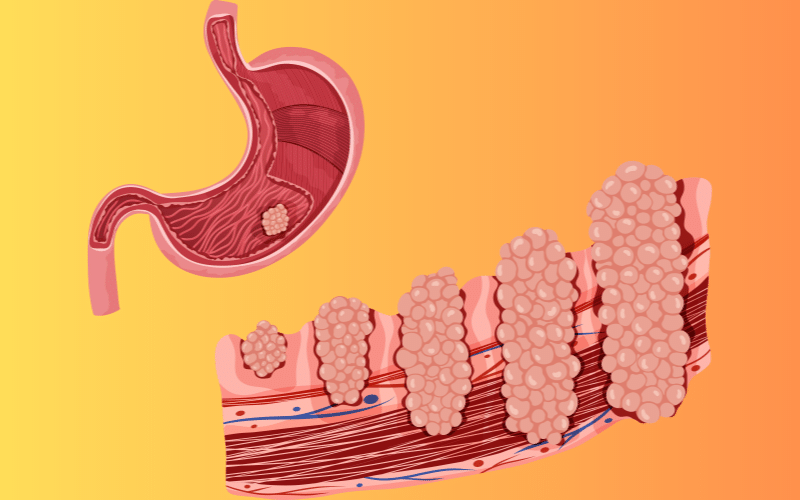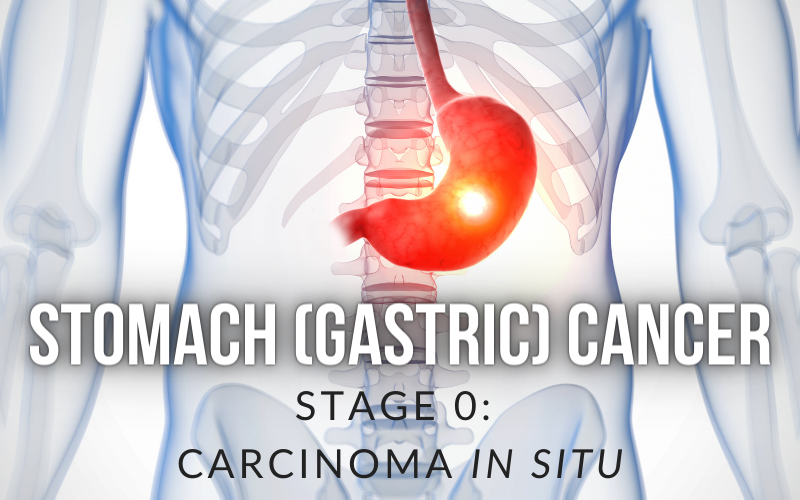Introduction: Stomach Cancer and Its Increasing Global Significance

Stomach cancer, colloquially known as gastric cancer, is more than just another health issue—it’s an urgent, global medical concern. Its high prevalence across diverse populations makes it an essential topic of conversation. In recent years, stomach cancer has increasingly been on the radar of medical researchers, practitioners, and, most importantly, ordinary people who might be at risk.
Aiming to raise awareness and guide you through this complex subject, this article will detail the five critical stages of stomach cancer. It is crucial information for anyone touched by this disease—be it patients, caregivers, or even those who are simply curious. Knowing the stages aids not just in understanding what a diagnosis might mean but also in navigating the complex pathway of treatment options available.
Why focus on the stages? Because they form the backbone of both diagnosis and treatment. A Stage 0 diagnosis has different implications and courses of treatment than a Stage IV diagnosis. Each stage has its own set of symptoms, likely treatment strategies, and overall prognosis. Moreover, knowing these stages can make what is often a whirlwind of medical terms and options a bit more comprehensible.
Understanding each stage’s intricacies will help demystify the overall condition, making it somewhat easier to tackle. In the forthcoming sections, we will break down each stage, explaining its key features, potential treatment approaches, and what they mean for you. Hold tight, it’s going to be an insightful ride.
1. Carcinoma in Situ: The Dawn of Stomach Cancer

At Stage 0, known medically as Carcinoma in Situ, the cancer is an uninvited guest that has barely stepped through the door. It’s confined to the innermost lining of the stomach, politely not yet intruding into deeper tissues. This stage is essentially the whisper of a much louder conversation that cancer could have with your body. Tests like endoscopy and biopsy typically catch the malignancy at this nascent phase, offering a prognosis that is generally favorable.
The medical community often uses the term ‘carcinoma in situ’ to describe this initial stage. It implies that the cancer cells are still stationed where they originated. They have not acquired the ability to invade neighboring tissues or spread to other parts of the body. Essentially, they are cancer cells on a leash.
Interestingly, carcinoma in situ is sometimes detected accidentally. People undergoing stomach scans for other medical conditions can unknowingly unveil these cancer cells lurking in the inner lining. It’s a silent anomaly that many might carry, unbeknownst even to them. Although in situ signifies ‘in its original place’ in Latin, this stage is a critical juncture where the next steps can steer the disease toward either regression or aggression.
Surgical procedures at this stage are often less invasive, sometimes using techniques like endoscopic mucosal resection to remove the cancerous cells. Following surgery, additional treatments are seldom required, making the overall patient experience far less taxing than the later stages. However, constant monitoring is essential to ensure the cancer doesn’t resurface or progress. (1)